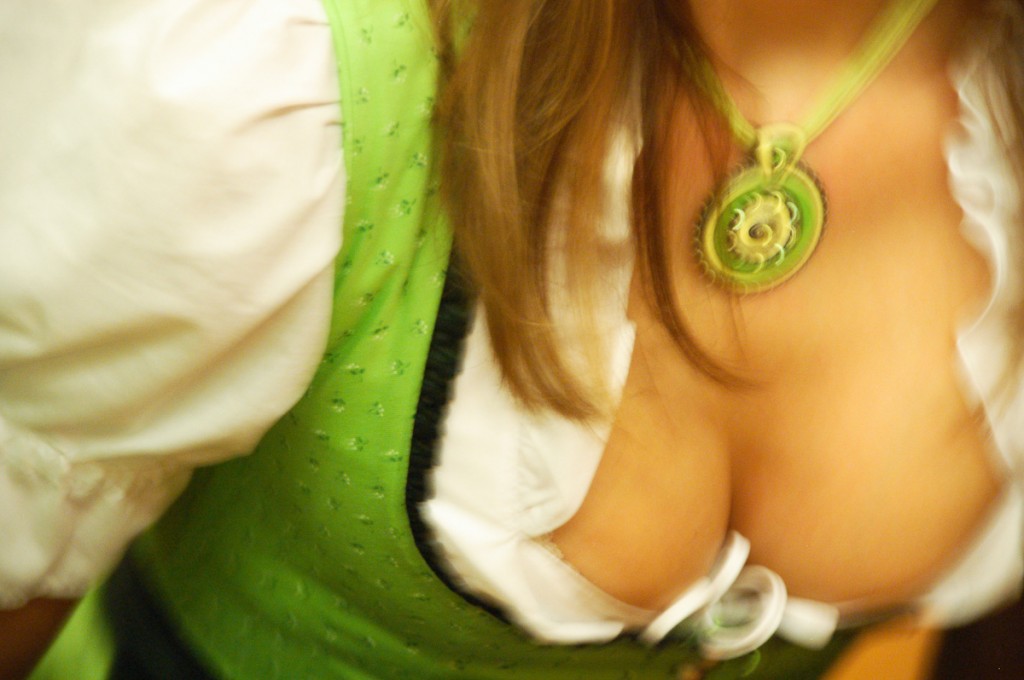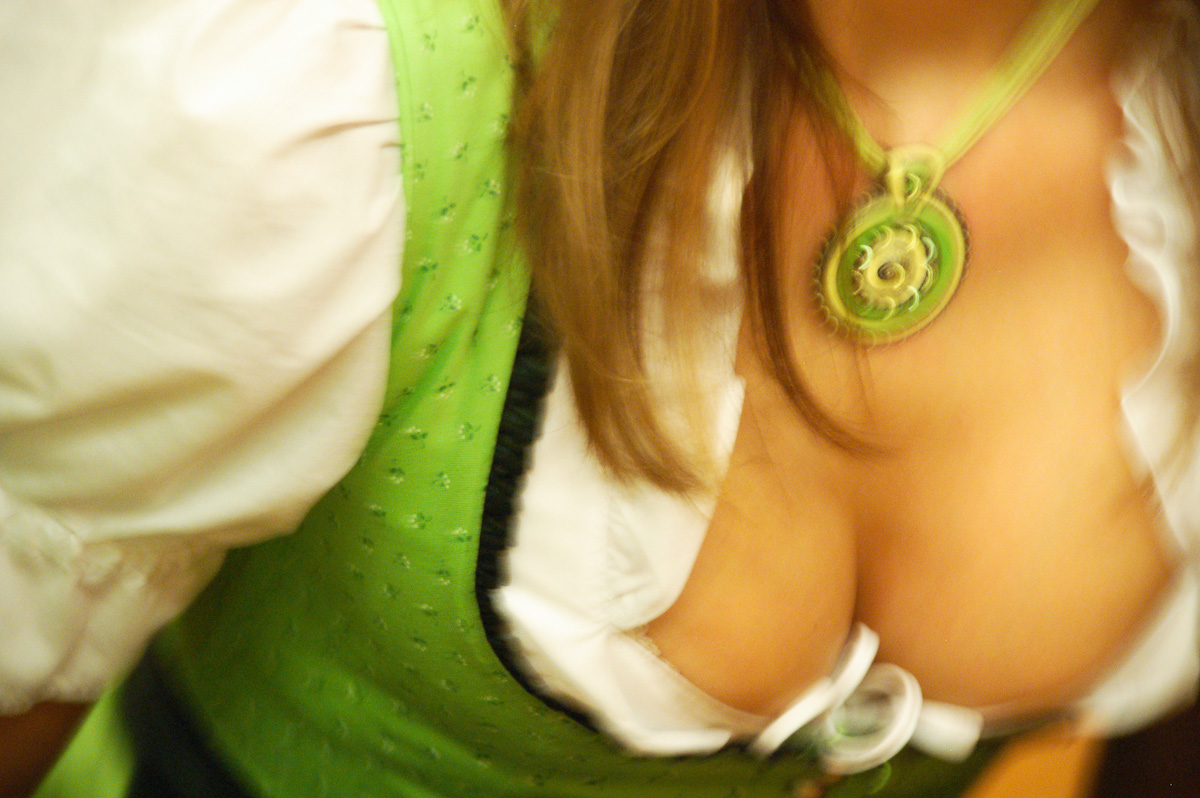
Human beings are for many photographers the main subject of their images, whereas in my photography, humans are often just simply part of a more general composition. Having spent several months in Japan, I feel how humanist photography is something I have neglected for so long.
The picture above shows a couple of young Japanese people watching the great summer fireworks festival in Nagoya, central Japan. It was very warm that night and several hundred thousand people had gathered at the harbour area to watch the astonishing show of light and music in the summer sky. Although this spectacle was easily the most impressive fireworks show I had ever seen, in retrospective, this is the principle photograph I personally retain from the event because of the human nature within it.
Continue reading “We live, we share”










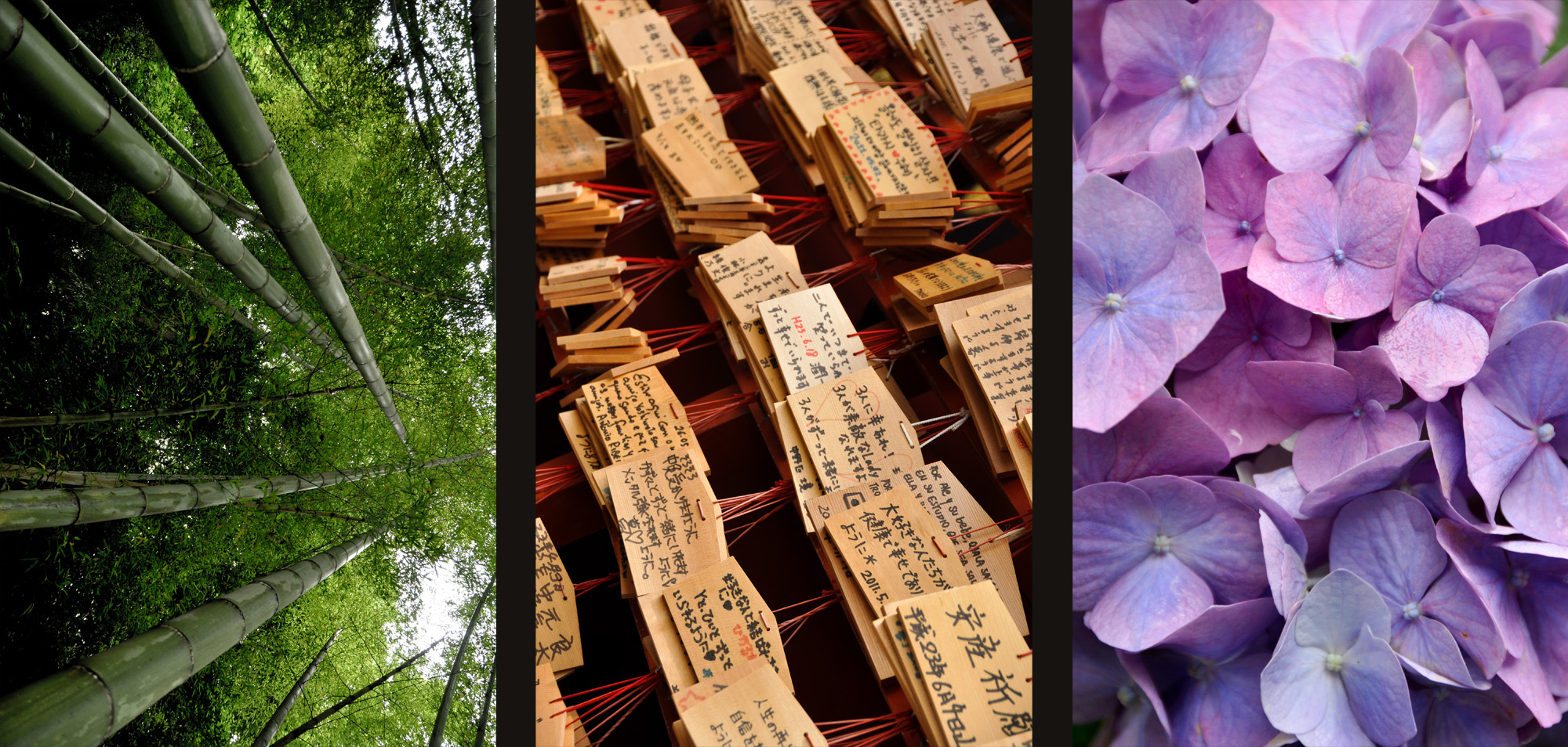

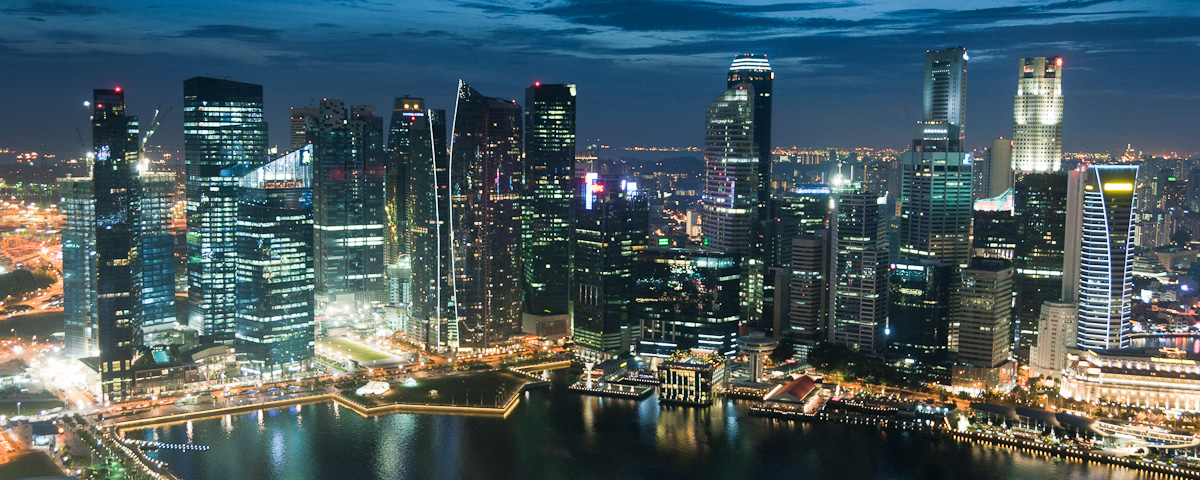




 Some photographic image are not only describable by it’s composition, content, context, colors but in terms of what I call “the look”. There are many looks (or styles) of images I can think of, such as the grainy look from old film, the Polaroid look with it’s crappy colors, the sepia look, the blurry look and much more. Many magnificent photographers, like
Some photographic image are not only describable by it’s composition, content, context, colors but in terms of what I call “the look”. There are many looks (or styles) of images I can think of, such as the grainy look from old film, the Polaroid look with it’s crappy colors, the sepia look, the blurry look and much more. Many magnificent photographers, like 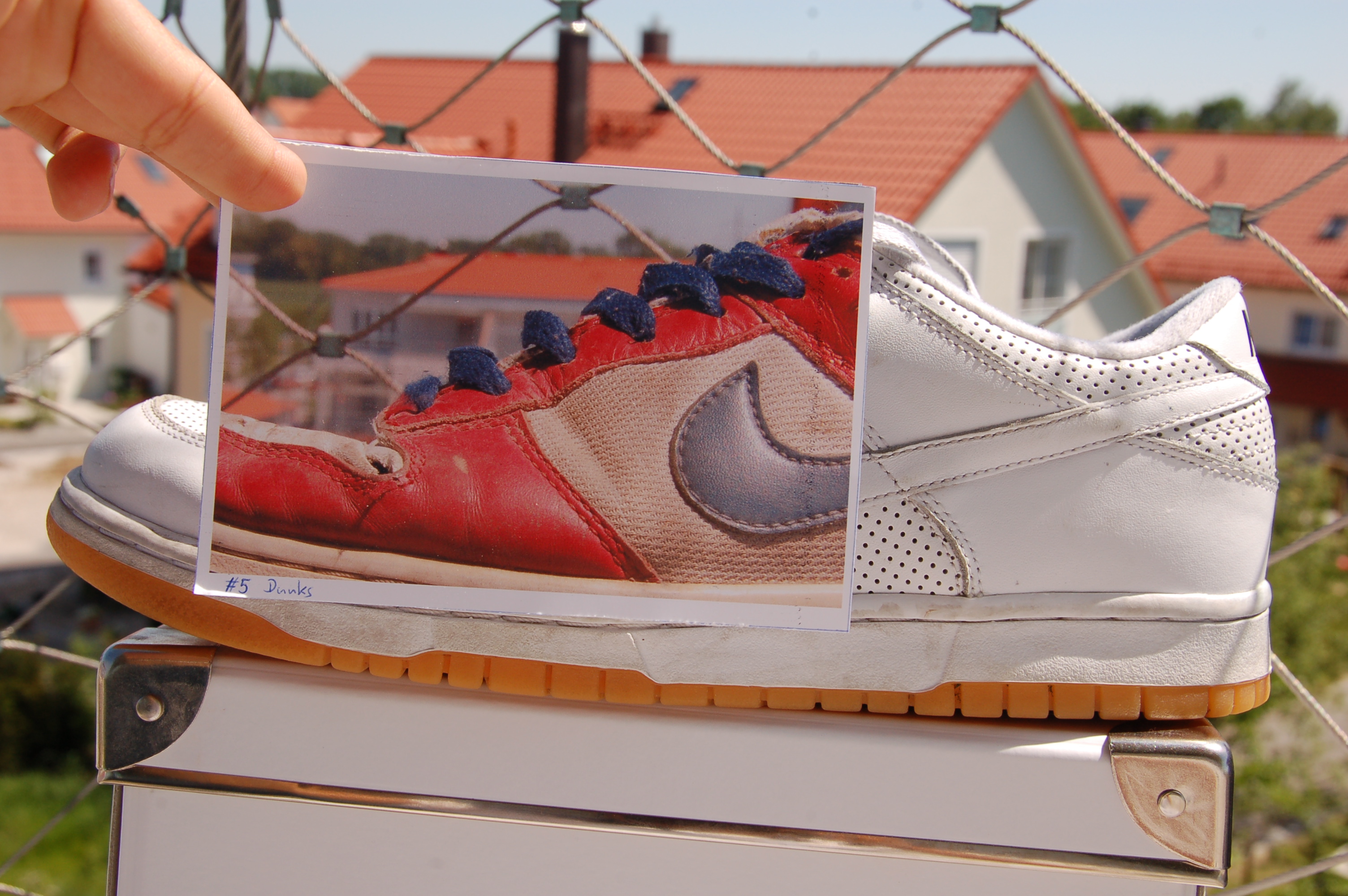
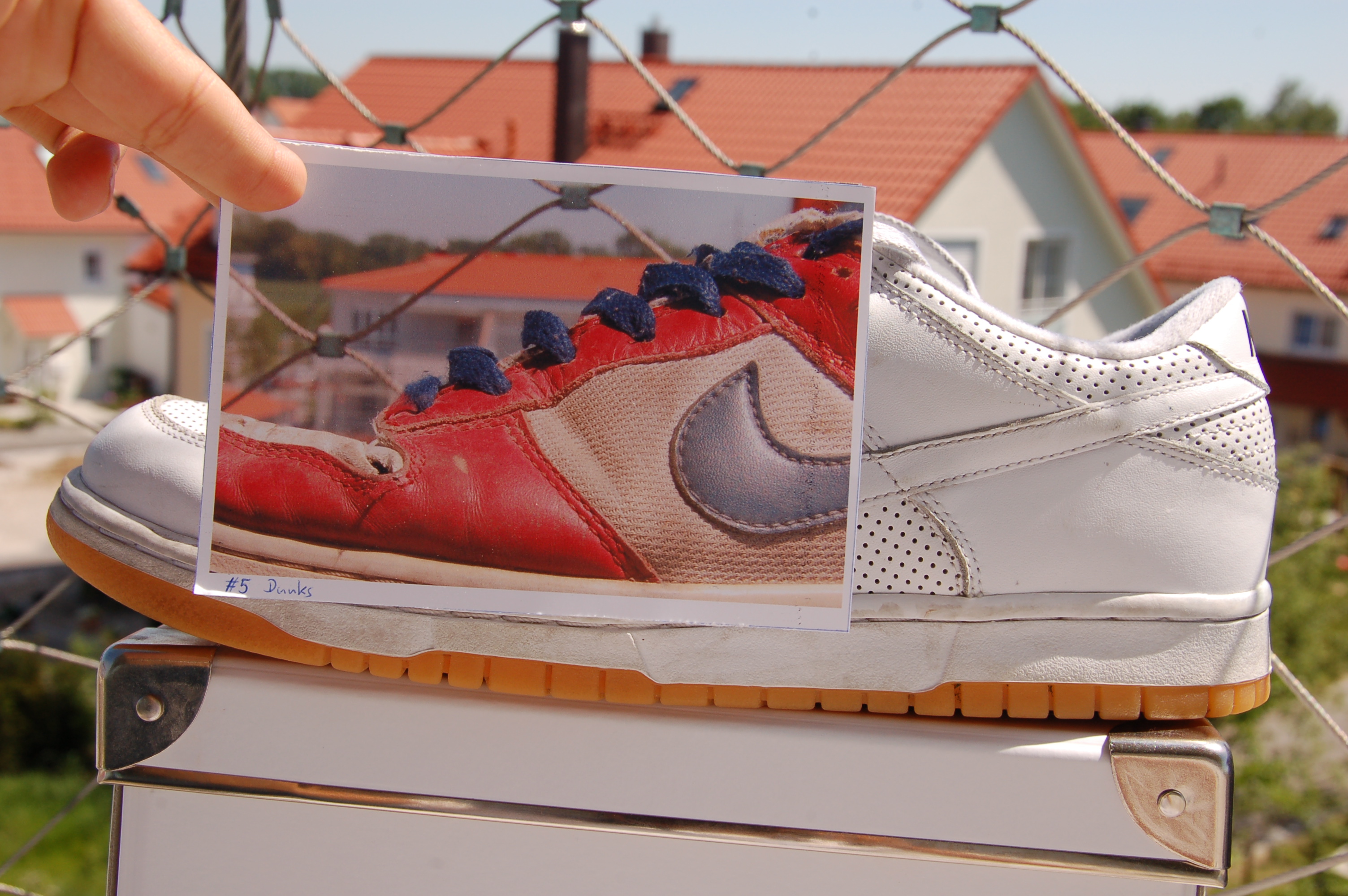 Photoshop is something I have never really gotten into. For a long time I thought the program was something for graphic designers and that photographers don’t necessarily need it, since Photoshop goes much deeper than any photograph would require. Additionally, I didn’t like the idea of manipulating images in a way, that you delete objects on your photo, strech out pieces of land and sky to remove unwanted things from your landscape, or even change the shape of peoples faces and bodies etc.
Photoshop is something I have never really gotten into. For a long time I thought the program was something for graphic designers and that photographers don’t necessarily need it, since Photoshop goes much deeper than any photograph would require. Additionally, I didn’t like the idea of manipulating images in a way, that you delete objects on your photo, strech out pieces of land and sky to remove unwanted things from your landscape, or even change the shape of peoples faces and bodies etc.